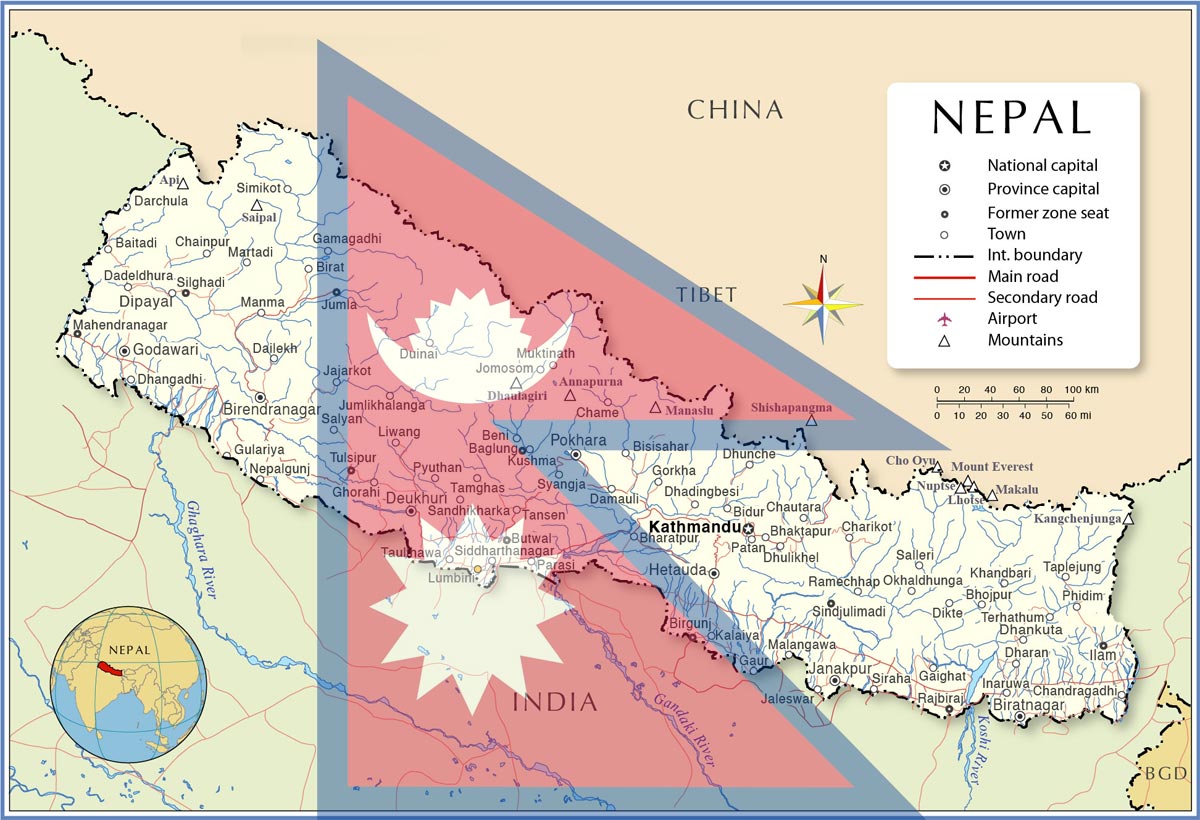
The Role of Nepali Ethnic Communities in Promoting Cultural Diversity and Community Cohesion
Nepal is a country with a rich and diverse cultural heritage. It is home to over 100 ethnic groups, each with its own unique language, customs, and traditions. The Nepali ethnic communities play a crucial role in promoting cultural diversity and community cohesion in the country. In this article, we will explore the history and background of Nepali ethnic communities, their cultural practices and traditions, their role in promoting cultural diversity and community cohesion, the challenges they face, and Nepal's celebration of cultural diversity through festivals and events.
History and Background of Nepali Ethnic Communities
Nepal is a multicultural and multiethnic country with over 125 different ethnic groups. The Nepali ethnic communities can be broadly classified into three categories: Indo-Aryans, Tibeto-Burmans, and indigenous groups. The Indo-Aryans are the largest group and include the Brahmins, Chhetris, and Thakuris. The Tibeto-Burmans include the Sherpas, Tamangs, and Gurungs, while the indigenous groups include the Newars, Magars, and Tharus.
Cultural Practices and Traditions of Nepali Ethnic Communities
Each Nepali ethnic community has its own unique cultural practices and traditions that have been passed down through generations. These practices and traditions are an essential part of their identity and contribute to the country's cultural diversity. Some examples of cultural practices and traditions of Nepali ethnic communities include:
- The Newar community's celebration of the Bisket Jatra festival, which involves a chariot procession and the throwing of oranges at each other.
- The Gurung community's tradition of singing and dancing, including the famous Tamu Selo dance.
- The Tamang community's celebration of the Yomari Punhi festival, which involves making and eating a special type of rice cake.
- The Tharu community's use of traditional medicinal plants and herbs for healing.
- The Magar community's use of the Dhikri dance to celebrate the harvest season.
Role of Nepali Ethnic Communities in Promoting Cultural Diversity and Community Cohesion
The Nepali ethnic communities play a crucial role in promoting cultural diversity and community cohesion in Nepal. Their unique cultural practices and traditions help to preserve the country's rich heritage and promote cultural heterogeneity. They also contribute to community integration by organizing cultural events and festivals that bring people together. These events and festivals help to build stronger communities by fostering a sense of belonging and shared identity.
Despite their contributions, Nepali ethnic communities face several challenges in promoting cultural diversity. One of the most significant challenges is discrimination and marginalization. Many ethnic groups in Nepal have faced discrimination based on their language, customs, and traditions. This discrimination has led to a lack of representation in government and a lack of access to resources and opportunities.
Nepal's Celebration of Cultural Diversity through Festivals and Events
Nepal celebrates its cultural diversity through a variety of festivals and events throughout the year. These festivals and events are an excellent opportunity for Nepali ethnic communities to showcase their cultural practices and traditions and promote cultural diversity. Some of the most popular festivals and events in Nepal include:
- Dashain: a Hindu festival that celebrates the victory of good over evil.
- Tihar: a festival that celebrates the bond between humans and animals.
- Holi: a festival that celebrates the arrival of spring and the victory of good over evil.
- Maghe Sankranti: a festival that marks the beginning of the harvest season.
- Bisket Jatra: a Newar festival that celebrates the Nepali New Year.
Conclusion
In conclusion, the Nepali ethnic communities play a crucial role in promoting cultural diversity and community cohesion in Nepal. Their unique cultural practices and traditions contribute to the country's rich cultural heritage and make Nepal a vibrant and diverse nation. Despite facing challenges such as discrimination and marginalization, these communities have continued to preserve and promote their cultural identity, furthering the cause of cultural diversity and community cohesion.
It is important to recognize and celebrate the contributions of Nepali ethnic communities in promoting cultural diversity and community cohesion. This can be achieved through various initiatives such as organizing cultural events and festivals, promoting traditional practices and customs, and supporting the preservation of cultural heritage sites.
Nepal Related Topics




